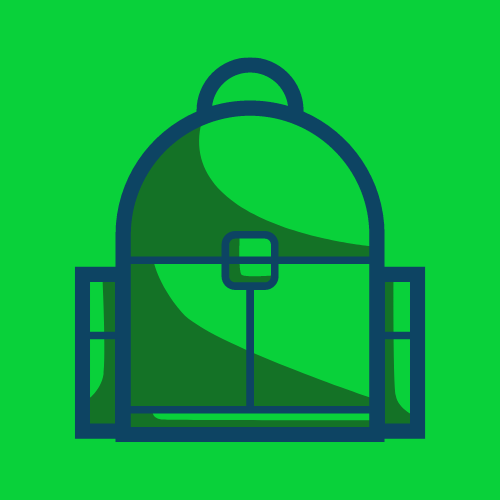Lifepack Guides
A practical guide to teach coding for the Ontario Curriculum, including Grade 1 to 3 concepts, lesson plans and assessment checklists.
Primary Pack: Grades 1 to 3
What is Included?
Video overview about coding.
Video overview covering the concepts of Sequential Events.
Students will demonstrate an understanding that tasks are broken up into steps and that the steps need to be completed in a specific order.
The students will be able to tell step-by-step instructions for completing a simple task.
Students will use words and/or pictures to give specific directions for how to move a characterto a specified destination on a map. Students will alter existing code to fix the steps that lead a character to a specific destination on a map.
Students will create four rhythm patterns and write the sequence in which the rhythms occur.
Students will provide step-by-step instructions for a classmate to build a structure.
The students will use Scratch to program a picture of a food item to move on the screen.
Video for applying lessons learned on Chrome Music.
Video for applying lessons learned on Scratch.
Video overview about coding.
Video overview covering the concepts of Concurrent Events.
By the end of this unit, students will be able to:
● Write code involving sequential (step-by-step) and concurrent (at the same time) events
● Read and alter code involving sequential (step-by-step) and concurrent (at the same time) events
Students will provide step-by-step instructions orally, in writing, and using symbols.
Students will identify tasks that are performed concurrently and explain why some tasks are performed concurrently.
Students will understand through participating in a simulation that concurrency can make events faster.
Students will determine an efficient way for two teams to work concurrently to tidy the classroom and will write the steps for each team.
Students will write a musical composition with rhythms and melodies that are played simultaneously.
Students use Scratch to program a scene with two animals.
Video for applying lessons learned on Chrome Music.
Video for applying lessons learned on Scratch.
Video overview about coding.
Video overview covering the concepts of Repeating Events.
By the end of this unit, students will be able to:
● Write code involving sequential (step-by-step) concurrent (at the same time), and repeating events
● Read and alter code involving sequential (step-by-step), concurrent (at the same time)and repeating events.
Students will provide step-by-step instructions orally, in writing, and using symbols.
The students will demonstrate an understanding of concurrent events in their everyday lives.
Students will identify and describe everyday situations that involve repeating events.
Your task is to design a robot that can make daily tasks easier!
Students will use internet software to program repeating events in a musical context.
Students will create their own music and dance performances using repeating events.
Students will determine the most efficient way to use repeating events to move a frog through a maze.
Students will use what they know about repeating, concurrent, and sequential events to program a scene with fantasy character son Scratch.
Video for applying lessons learned on Scratch.
Created by a Teacher and Coder
Together, Ace and Emily teamed up to make a practical guide for Ontario teachers to deliver quality coding lessons to students.

Hi, I'm Ace!
I am a UofT Computer Science graduate and have over 10 years of professional programming experience at IBM, TD Bank and Loyalty One. I will teach you coding concepts from the new Ontario curriculum using simple, real life examples.
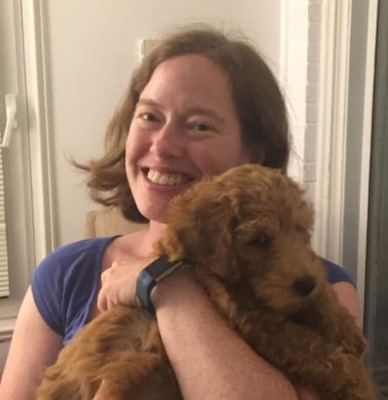
Hi, I'm Emily!
I'm an Ontario primary teacher with over 8 years of teaching experience and a Masters of Education. I was lost with the new coding curriculum, then Ace taught me the concepts and we teamed up to create a practical guide.
Teachers of Boards Served
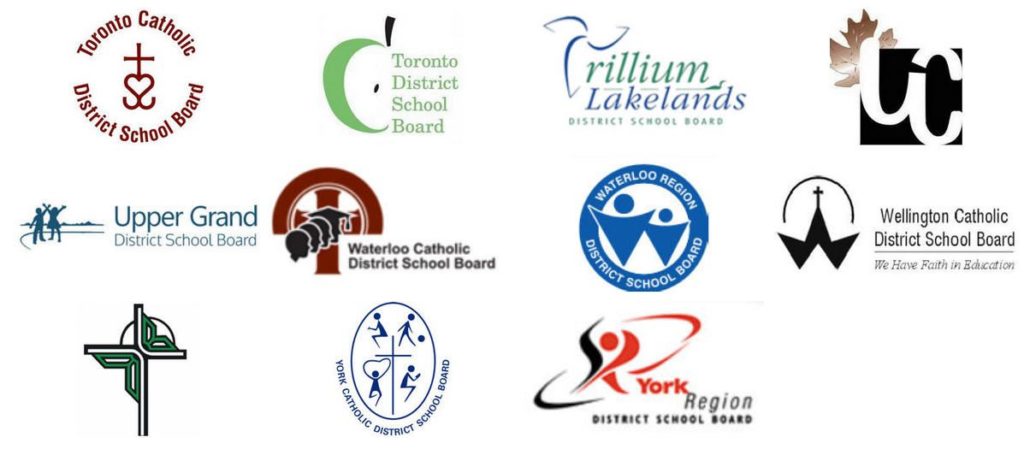
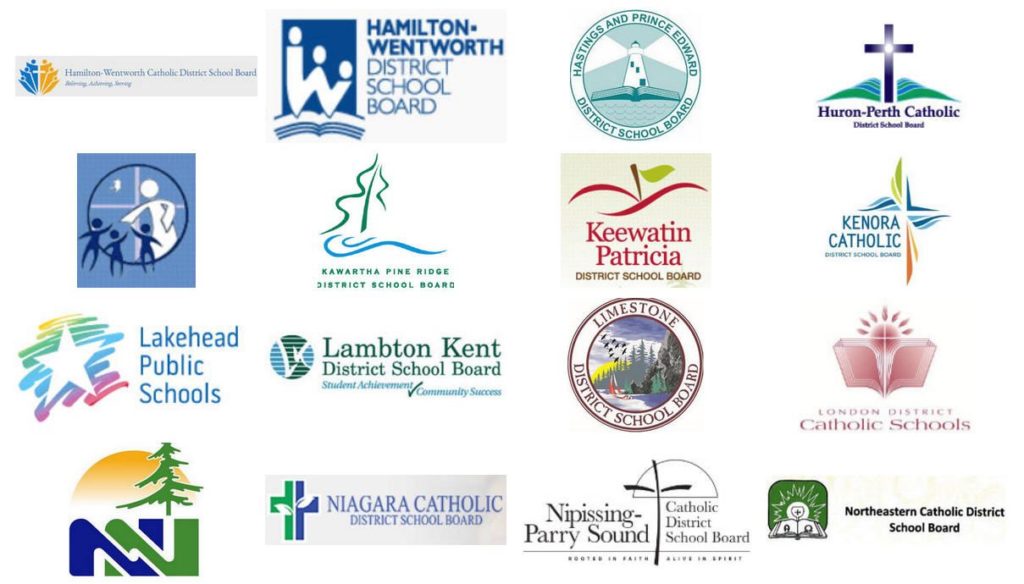
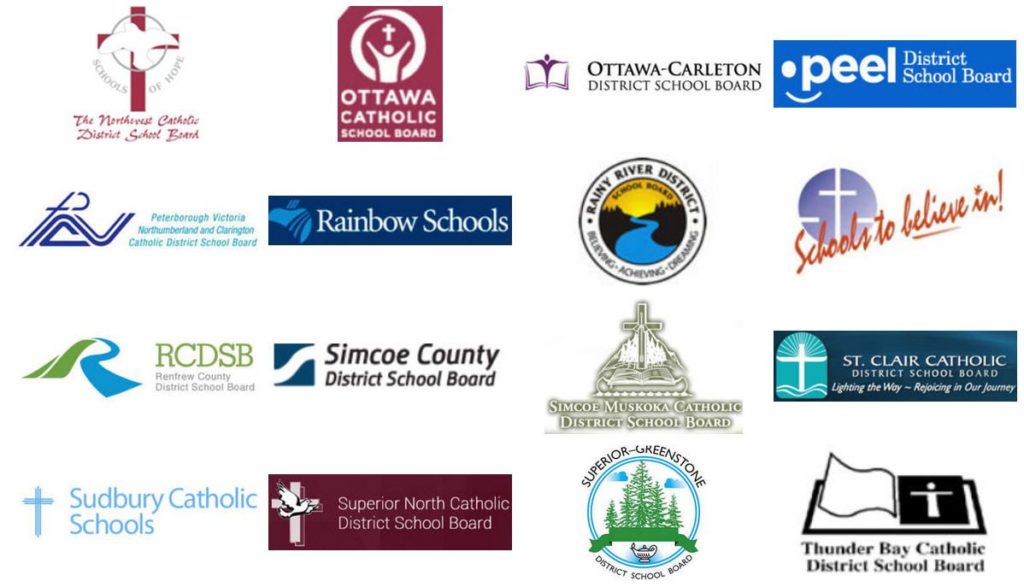
What Our Teachers Have to Say





